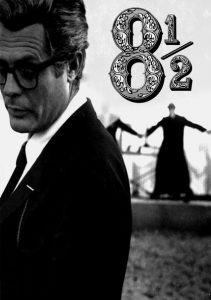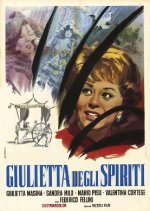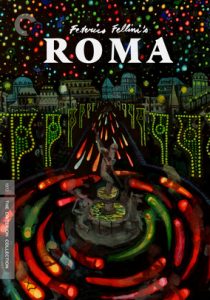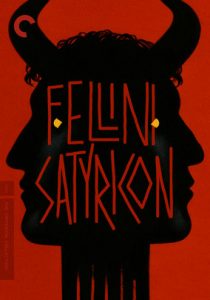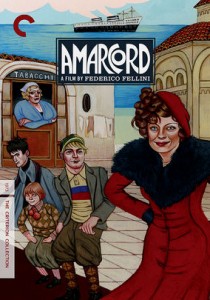8 1/2-1963
Director Federico Fellini
Starring Marcelo Mastroianni, Claudia Cardinale
Scott’s Review #973
Reviewed December 27, 2019
Grade: A-
For fans of acclaimed and experimental Italian film director, Federico Fellini, a straightforward plot is rarely the recipe of the day with his projects.
With 8 1/2 (1963) he creates a personal and autobiographical story of a movie director pressured into another project but lacking creative ideas and inspiration to fulfill the task.
We can all relate to this in one way or another.
The film is confusing, beautiful, elegant, and dreamlike, precisely what one would expect of a Fellini production. His film also hints at a more profound message and complexities.
The recommendation is to experience the film rather than analyze or worse yet, over-analyze it, simply letting it marinate over time and relish in the offerings.
Guido Anselmi (Marcello Mastroianni) is a famous Italian film director suffering from director’s block after he is tasked with, and attempts to direct, an epic science fiction film.
Experiencing marital difficulties, he decides to spend time at a luxurious spa where he has strange reoccurring visions of a beautiful woman (Claudia Cardinale), is visited by his mistress Carla (Sandra Milo), and is berated by a temperamental film critic.
When Guido’s film crew arrives at his hotel in the hopes of starting production, he becomes overwhelmed by the mounting pressures and escapes into a world of memories. He visits his grandmother, dances with a prostitute, and relives his time at a strict Catholic school.
Attempts to add these memories to his new film are dismissed by the film critic. The rest of the film is a mish-mash of odd occurrences as Guido attempts to make his film.
Fans of Fellini’s other works will undoubtedly fall in love with 8 1/2, and since the film is about film this scores points in my book.
His other famous works like Roma (1972) and Amarcord (1973) are similarly semi-autobiographical but differ in that they are more straightforward stories- as much as can be said about a Fellini film.
Usually lacking much plot 8 1/2 resembles Juliet and the Spirits (1965) more than the others for comparison’s sake. Fantasy and reality are interspersed, making the film tough to follow.
It appears to be about a man on the brink of a nervous breakdown and is a complex and personal study. As Guido spirals out of control and teetering towards insanity, he also muses about his situation. These highs and lows told comically make 8 1/2 even more difficult to figure out and react to.
My previous suggestion to simply experience 8 1/2 achieves credibility as the film rolls along. Viewers may be unsure of what is happening, if not downright perplexed by the whole thing, but there is an energy that pulls one into its clutches with masterful sequences and potent embraces of life, love, and culture.
This must be attributed to the look and style of the film.
8 1/2 won the Academy Awards for Best Foreign Language Film and Best Costume Design (black-and-white) and is considered a highly respected and influential work of art by most film critics.
Appreciated mostly for its beautiful cinematography, it also delves into the meaning of life with a live-and-let-live approach.
Lovers of avant-garde works of interpretation and expressionism will be giddy with delight while experiencing ruminating thoughts following 8 1/2 (1963).
Having only seen the film once and embraced it wholly as a work of art, but frustrated by the lack of tangible meaning, my advice is to see the film a second, a third, or even a fourth time for a deeper appreciation and understanding.
I plan to heed my suggestion.
Oscar Nominations: 2 wins-Best Director-Federico Fellini, Best Story, and Screenplay Written Directly for the Screen, Best Foreign Language Film (won), Best Art Direction, Black-and-White, Best Costume Design, Black-and-White (won)
